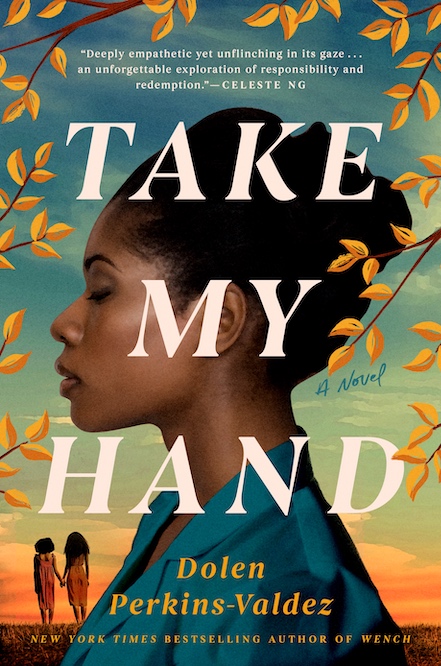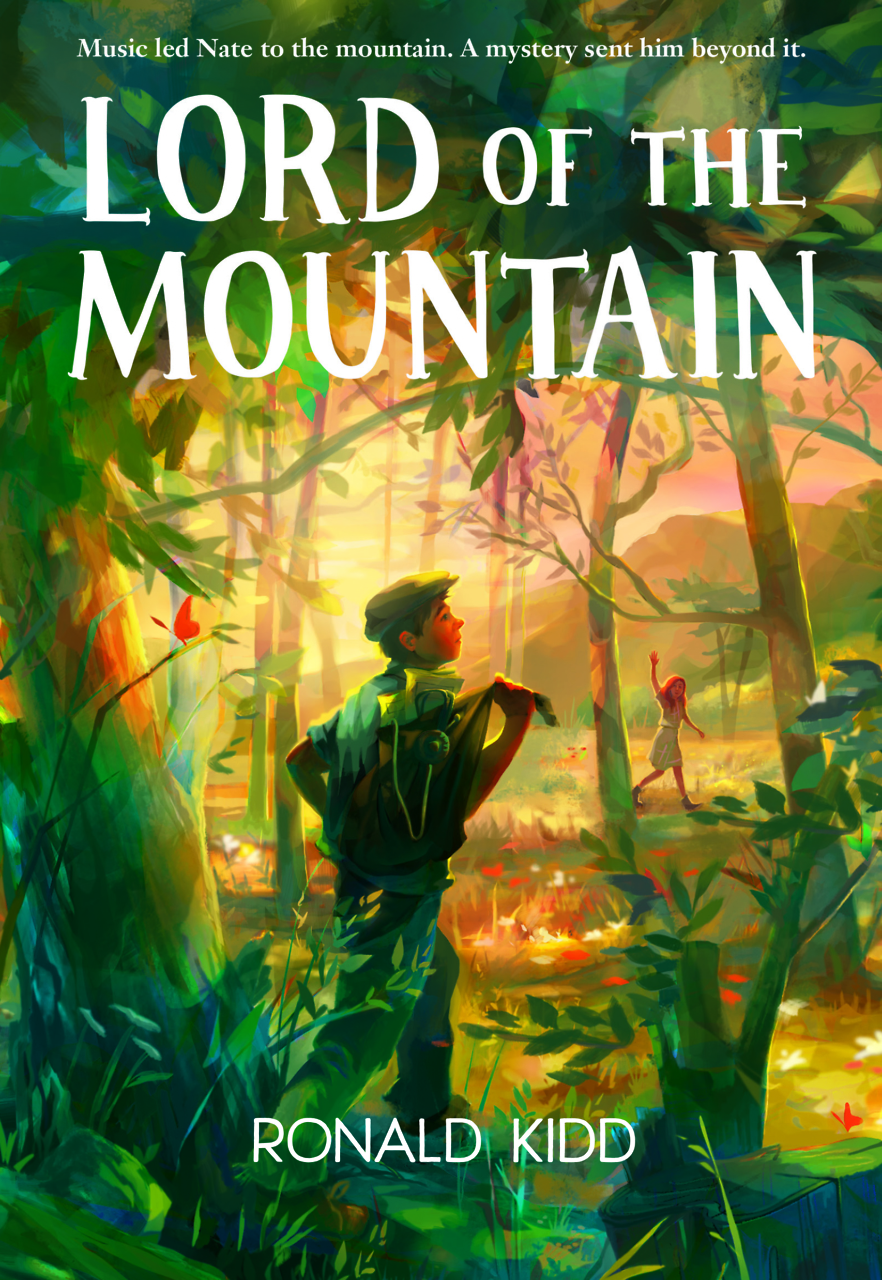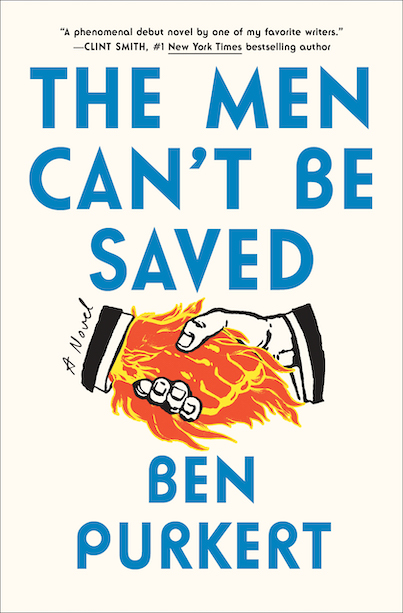Ecstasy and Perversion
Tales of the New World, the new short-story collection by PEN-Faulkner Award winner Sabina Murray, finds the sublime and the beautiful in the legendary ventures of history’s great explorers
In her new collection, Tales of the New World, Sabina Murray imagines the minds and hearts of a broad variety of legendary explorers and adventurers, investigating the complex and problematic nature of the urge “to go where no man has gone before.” In prose that is at once fearlessly blunt and stylishly ethereal, Murray recreates the triumphs and tragedies of a cast ranging from Ferdinand Magellan to cult leader Jim Jones.
At the center of each of these delicately drawn tales is a crisis of faith deriving from the great paradox of exploration. “Man is, by definition, the only one capable of perverting nature,” writes Murray. “His presence instantly corrupts the natural world,” and yet he cannot resist the dream of penetrating the unspoiled wilderness. The complex relationship between the heroic urge to venture into the unknown and the inevitable tragedies that befall both the adventurer and the once-pristine order disrupted by his intrusion gives Tales of the New World a haunting grandeur.
 Murray casts a wide net in this unique and ambitious project. In “Translation,” the contradictory nature of Ferdinand Magellan comes to life through the eyes of the fawning aristocrat Antonio Pigafetta, the chronicler of the great hero’s last exploration and eyewitness to his ignominious end on the shores of the Philippines. In “Balboa,” the conquistador reflects on his savage glory at the peak of his dubious greatness, unaware of the cruel fate that awaits him back in Spain. In “Fish,” Mary Kingsley loses her mother, gains an inheritance, and journeys alone to West Africa at a time when a woman was considered brazen to step out of her own front door unescorted.
Murray casts a wide net in this unique and ambitious project. In “Translation,” the contradictory nature of Ferdinand Magellan comes to life through the eyes of the fawning aristocrat Antonio Pigafetta, the chronicler of the great hero’s last exploration and eyewitness to his ignominious end on the shores of the Philippines. In “Balboa,” the conquistador reflects on his savage glory at the peak of his dubious greatness, unaware of the cruel fate that awaits him back in Spain. In “Fish,” Mary Kingsley loses her mother, gains an inheritance, and journeys alone to West Africa at a time when a woman was considered brazen to step out of her own front door unescorted.
Tales of the New World is not confined to the adventures of professional explorers, however. “Paradise” serves as an attempt to unravel the bizarre saga of Jonestown, tracing how an Indiana door-to-door salesman and self-styled preacher managed to persuade over 900 people to commit “revolutionary suicide” by simultaneously ingesting cyanide. “On Sakhalin” depicts Anton Chekhov’s visit to the notoriously brutal Russian penal colony and its impact on his burgeoning life as a fiction writer and dramatist. In “The Solace of Monsters,” Captain Zimri Coffin, haunted by the reading of Mary Shelley’s Frankenstein, comes to discover even greater horrors in a rescued whaleboat bearing the survivors of the Nantucket whaleship Essex, sunk by the great sperm whale that inspired Melville’s Moby-Dick.
 Each of the tales demonstrates Murray’s extraordinary gift for rendering vastly disparate worlds with remarkable persuasiveness and verisimilitude. The period details, while occasionally a bit cumbersome, lend the stories astonishing authority. Even more impressively, Murray manages to render penetrating insights through dialogue in a broad swath of historical contexts. “I haven’t even noticed you with anyone: woman, man, dog,” Magellan chides Pigafetta in “Translation.” “You must have some object of your desire.” “Always desire with you, Ferdinand,” Pigafetta replies. “What of affection, if not love?” In “On Sakhalin,” as he prepares to observe the flogging of a prisoner, Anton Chekhov explains to a companion, “Sometimes, we see things to make sense of them.” “Well,” the companion replies, “good luck to you with that.”
Each of the tales demonstrates Murray’s extraordinary gift for rendering vastly disparate worlds with remarkable persuasiveness and verisimilitude. The period details, while occasionally a bit cumbersome, lend the stories astonishing authority. Even more impressively, Murray manages to render penetrating insights through dialogue in a broad swath of historical contexts. “I haven’t even noticed you with anyone: woman, man, dog,” Magellan chides Pigafetta in “Translation.” “You must have some object of your desire.” “Always desire with you, Ferdinand,” Pigafetta replies. “What of affection, if not love?” In “On Sakhalin,” as he prepares to observe the flogging of a prisoner, Anton Chekhov explains to a companion, “Sometimes, we see things to make sense of them.” “Well,” the companion replies, “good luck to you with that.”
The stories that make up Tales of the New World spare no blows. Murray’s sophisticated prose demands patient, careful reading, and the dark realities that permeate her reimagining of history present a frankly pessimistic view of the long, reckless journey of so-called civilization. In “Last Days,” when the great Aztec ruler Motecuhzoma anoints himself a God and refutes the doomsday prophecy of his soothsayer, Murray laments, “The only trope the great emperor, or god, was capable of tossing in Quetzalcoatl’s way would be the bloody clinging to a lost empire, a network of fissures and plumbing choked with bodies, a brilliant, fecund breeding ground for the conqueror’s seeds of progress, seeds that burst in suppurating ulcers, seeds that filled one’s lungs with the oil of their own organs and left them struggling for breath.” If these stories are any evidence, Sabina Murray’s judgment of humankind leans toward the triumph of chaos over the glorious boldness of even the greatest and grandest of us.
In the end, the New World of this elegant volume’s title seems to refer less to the wilderness of unspoiled territories than to the interior wilderness of the human heart—a destination no less daunting or terrible. After all, as Murray observes, “How could one be frightened of monsters when men offer up such images of horror?”
Sabina Murray will read from and discuss her work on February 6 at 7 p.m. in the Hodges Library auditorium of the University of Tennessee’s Knoxville campus. The event is free and open to the public.


